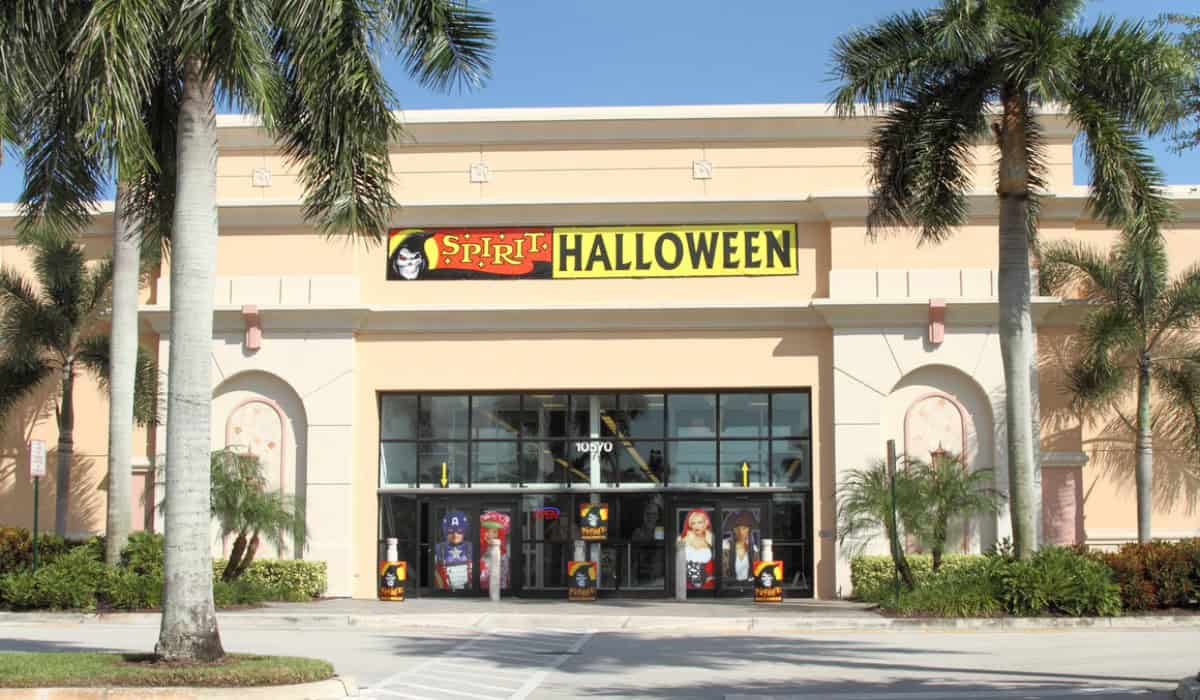
iStock.com/NoDerog
Is Spirit Halloween’s Business Model Scary Good?
Spirit Halloween, by all accounts the most successful pop-up in retail history, is again ramping up seasonal hiring in apparent expectation of another record year.
About 50,000 seasonal staffers are set to be hired this year, up from 40,000 last year. About 1,525 stores are planned versus 1,500 last year.
“The excitement and enthusiasm of Halloween continues to grow,” said Steven Silverstein, the chain’s CEO since 2003, in a statement.
Much of the credit for Spirit’s success is attributed to Joseph Marver, who founded the chain in 1983, but the expansion has been led by Silverstein, who acquired the business in 1999 when Spirit had only 60 stores. Silverstein is also the owner of Spencer Gifts, the mall-based chain known for its gag gifts and novelty items.
In an interview with The Seattle Times in 2000, Marver, who was still running the chain at the time, said Spirit stands out for its extensive inventories. A department store or discounter may carry 1,000 to 1,500 costumes, while Spirit offers more than 4,500.
The retailer decides on which costumes will be hot sellers in January based on hype around upcoming movie releases, trending television shows, and the prior year’s sales while holding some open-to-buy for surprise hit costumes. At the time, Marver said, “You have certain manufacturers… who can turn on a dime.”
Silverstein told Forbes in 2013 that Spirit’s inventory management is its “secret sauce.” With the majority of sales done the last two weeks before Halloween, Spirit’s capacity to hold over merchandise to the following year packs an advantage over discounters, including Amazon, that focus on liquidation over the final weeks.
Silverstein told Forbes, “In traditional retail, you might not be repurposing anything. For us, consistent themes remain, and we’re repurposing 30% to 40%. We’re not just trying to get rid of it.”
Another unique attribute is Spirit’s real estate strategy, with the chain asking tenants to rent space only from early August through early November. The disruption across retail in recent decades has made it easier for Spirit to secure locations in former Circuit City, Toys“R”Us, and other defunct chains, but Silverstein told USA Today last year that the chain has become a “sought-after destination” as a traffic driver for landlords.
The concept also works in locations ranging from 5,000 to 50,000 square feet of selling space. Silverstein said, “It really boils down to sort of where the availability is, where we can be most visible.”
The chain has also been helped by the growing popularity of Halloween, with NRF finding a record number of people (73%) participating in Halloween-related activities in 2023, although Spirit has a first-mover advantage over the two other chains, Party City and Halloween Express, prioritizing the Halloween opportunity.
Finally, the Spirit experience is also often called out, with the store featuring decorative props and animatronics as well as an enthused staff, often in costumes themselves. A five-year Spirit employee told Mental Floss in 2020, “I’ve never once worked with an employee that didn’t love Halloween. It’s something that all employees have in common.”
Discussion Questions
Do you think its inventory management approach, real estate strategy, in-store experience, or another factor is the biggest driver of Spirit Halloween’s success?
What most impresses you about Spirit’s model and steady growth?
Do you see any threats to its dominant positioning around Halloween retail?
